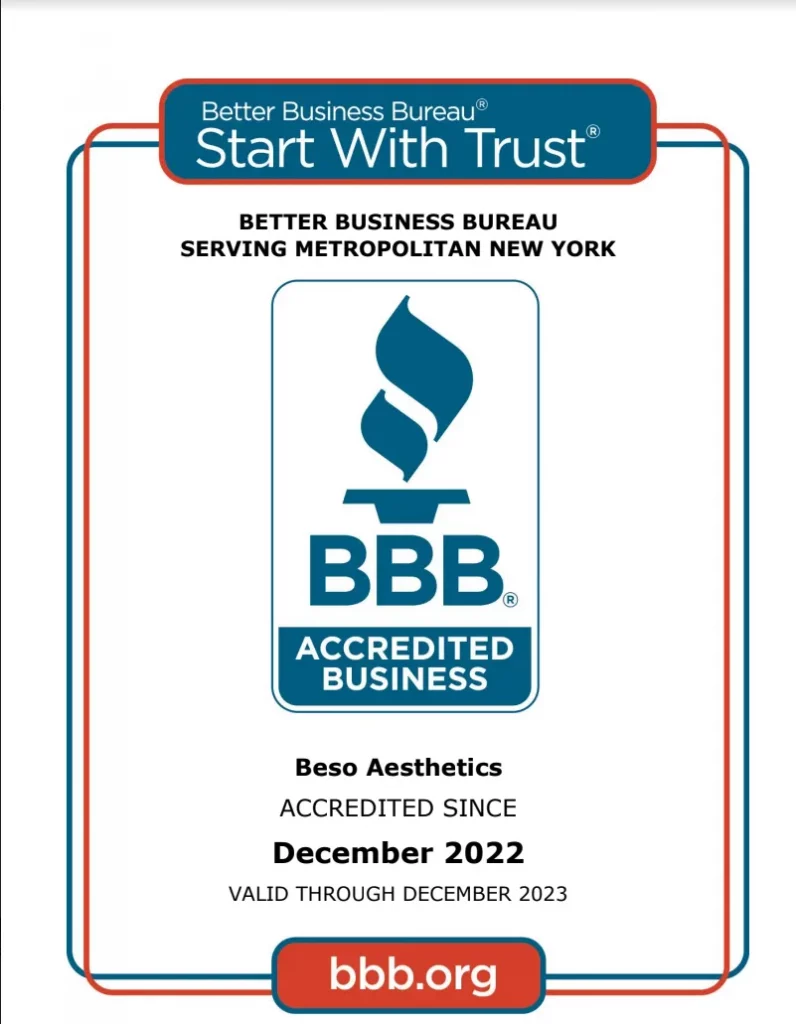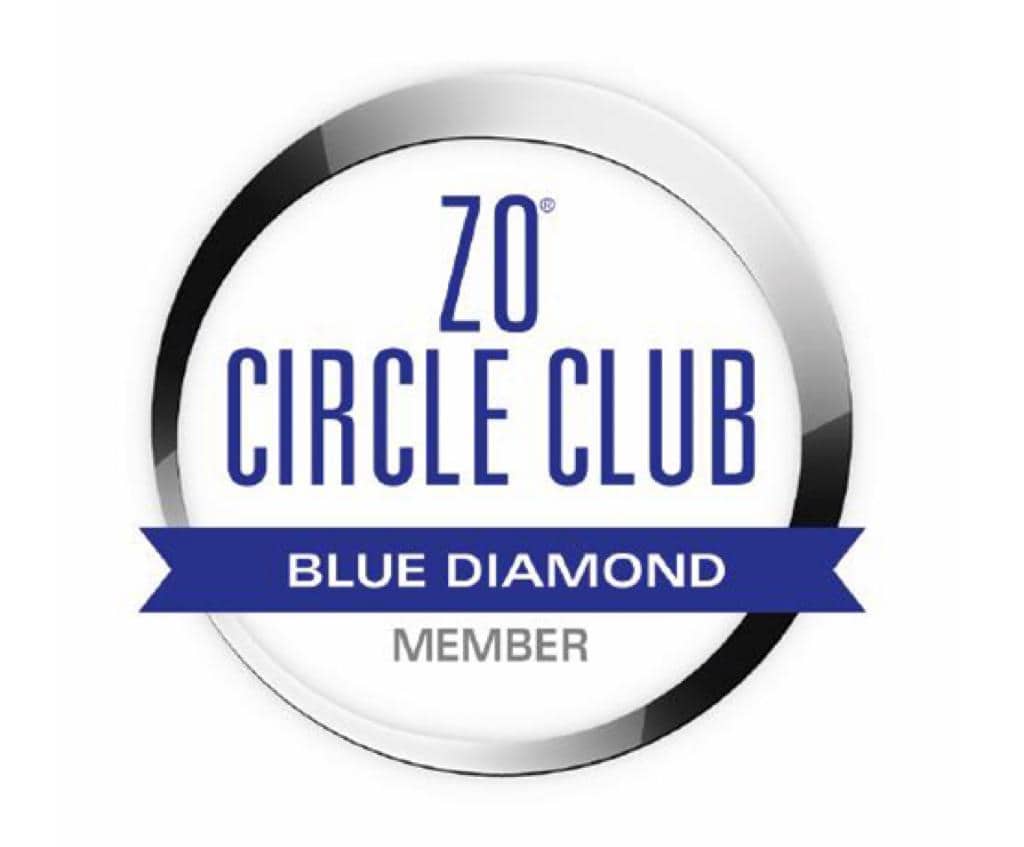×
Send


Head Office
- 1049 5th Ave Suite 1A New York, NY 10028
- 212 970-BESO
- Info@besoaesthetics.com
Pages
- Oxygeneo
- Vampire Facial
- Tirzepatide for Diabetes and Weight Management
- Semaglutide for Weight Management
- Laser hair removal
- Chin Fillers
- Chin Liposuction
- Erectile Dysfunction
- Lip Filler
- Trimix
- O-Shot
- Cheek Filler Treatments
- P-Shot
- Acoustic Shock-Wave Therapy for Men
- Botox
- Jawline Contouring
- Acoustic Shock-Wave Therapy for Women
- Testosterone Replacement Therapy (TRT) for Men
- Penis Filler
- Testosterone Replacement Therapy for Women
- Non-Surgical Nose Enhancement
- Tear Trough Treatment
- HydraFacial
- Smile Line Filler
- DiamondGlow
- Home
- Dermal Fillers
- WEIGHT LOSS TREATMENT
- KYBELLA
- NON-SURGICAL RHINOPLASTY
- FOX EYE THREAD LIFT
- Vampire facelift
- VAMPIRE BREAST LIFT
- SCAR MICRONEEDLING WITH PRP
- PRP HAIR RESTORATION
- PDO Threads Lift
- NON-SURGICAL BRAZILIAN BUTT LIFT
- MORPHEUS8 SKIN RECLAIM
- NONINVASIVE BODY SCULPTING
- HIGH-END THERAPEUTIC POST-OP MASSAGES AND BODY CONTOURING
- Aveli Cellulite Treatment
- IV DRIPS
- Croton oil phenol peel
- CHEMICAL PEELING
- FACIALS
- About the doctor
- CONTACT US
- Packages
- Payment Plans
The information on this website, including articles authored by healthcare professionals, is for general information purposes only, does not constitute medical advice, and is not intended to be relied upon for medical diagnosis or treatment. If you are experiencing an emergency, contact 911 or contact a medical provider immediately. Consistent with Beso Aesthetics website privacy policy, Beso Aesthetics is not responsible for privacy practices or the content found at links to other websites.
